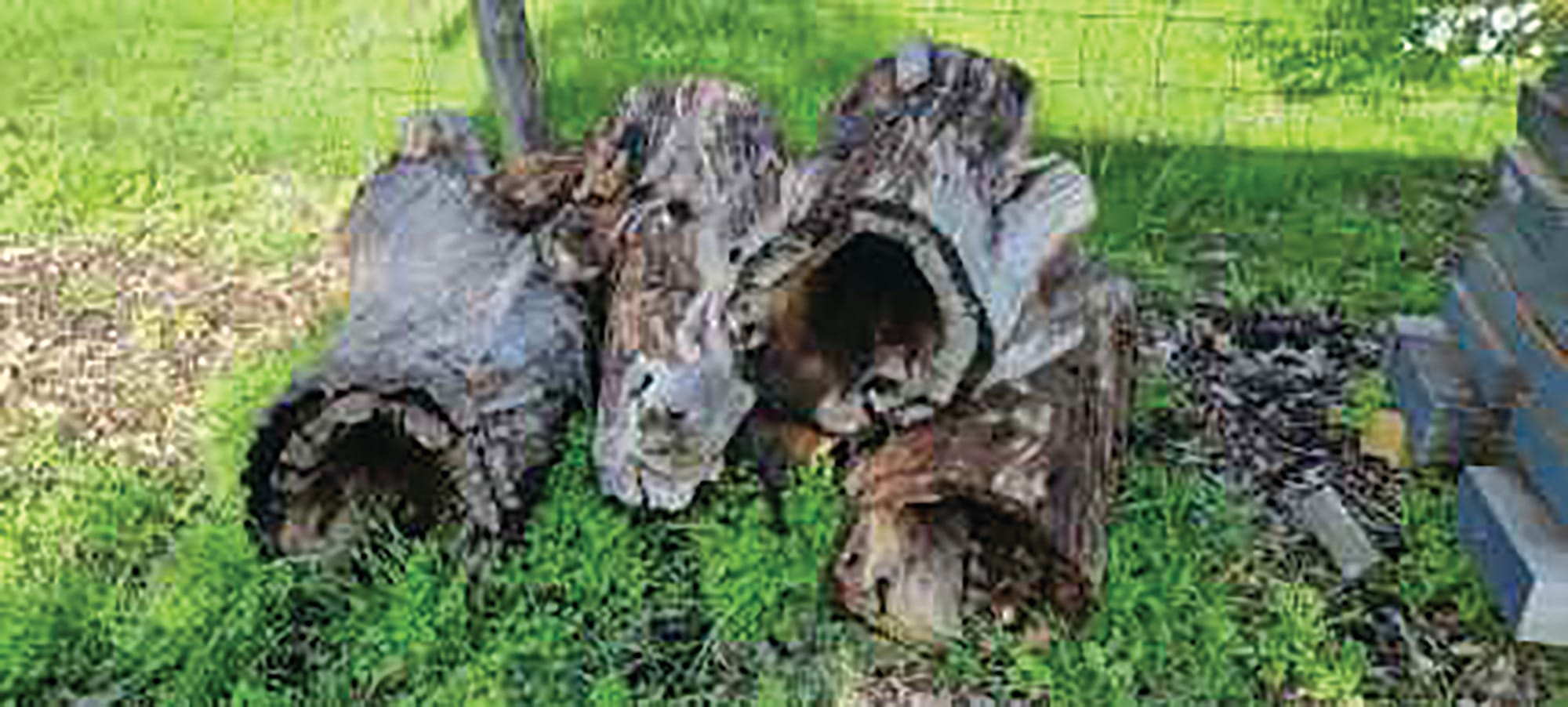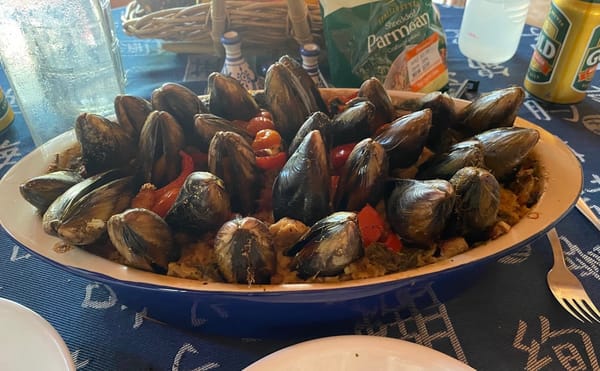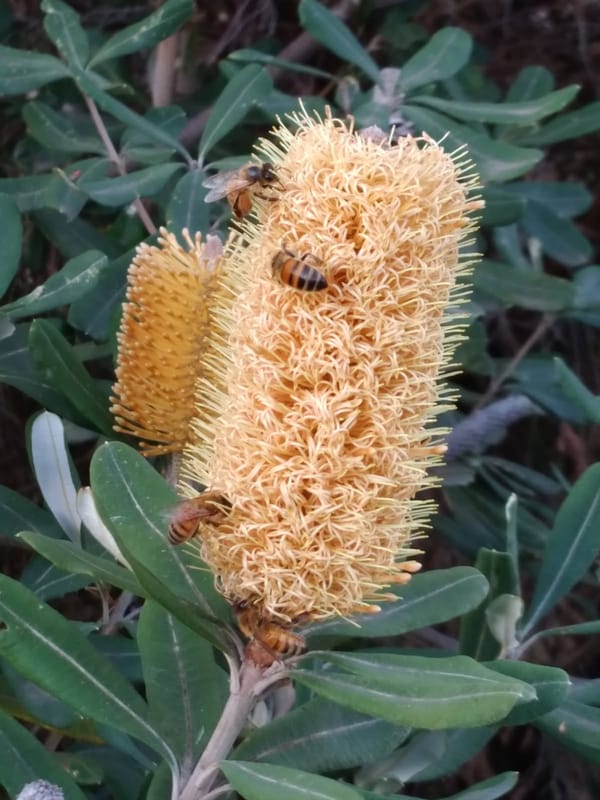Tenuous lives

This morning, I was sitting having my morning cuppa on the veranda when a butcher bird landed in a nearby tree. I knew there were butcher birds about -I had been hearing their powerful calls and the small wrens and silvereyes that frequent my garden had made themselves scarce. I found myself musing on how tenuous survival is for wildlife. Life is usually hard and a constant battle and only the strongest survive (until they get older).
Butcher birds need to eat several times a day. Mostly they eat insects but they also prey on small birds and reptiles. For predators, life is a constant hunt for prey and starvation is only one too many failed hunts away. If you are a small predator you may in turn be prey for something bigger. Herbivores do not fare much better. They often need to eat large amounts of grass or leaves to get sufficient nutrients to survive. At certain times of the year or during droughts this can become very difficult. Most herbivores are prey for predators. They must constantly be on guard and ready to flee at all times. The weak, the injured and the old are quickly picked-off.
Most species need a territory to support them. In Nature there are no vacant niches; all territories are taken. Animals need to fight to gain and keep a territory. The losers in these battles have little chance of survival. Territories must also provide shelter. With relatively few mature trees with hollows in our local forest, wildlife boxes are very important. Live trapping problem wildlife such as brushtail possums and releasing them in another area often results in unseen failure. Inevitably a possum is released into another possum’s territory and one of them will lose the territorial battle.

While simply staying alive is a struggle, breeding makes it much harder. Nesting sites and hollows may need to be fought for. In some species the males must fight for the right to mate with the females. It is particularly hard for male kangaroos. The young males are ejected from the mob to fend for themselves. They tend to group together in small ‘boy mobs’. Often young males stray far from the bush and end up being hit by cars in open country. If they survive to adulthood, and if they grow to be big and strong, they can challenge a resident male for his mob of females. Deposed male kangaroos are solitary, big, strong, full of testosterone and very unhappy. They can be quite dangerous and without a territory, they too can stray into open country.
Pregnancy or laying eggs are big investments of nutrients for wildlife struggling to survive, as are the milk or prey required to feed ravenous young. One way or another reproduction is a huge investment in nutrients for most wildlife.
This struggle for existence has always existed and has been a major driver of evolution. It really is the survival of the fittest. The most vulnerable die off, either as individuals or as whole species. What is staggering is that between 1970 and 2020 wildlife populations have dropped by 73% and the number of species that are critically endangered or have become extinct has increased rapidly. When you add habitat loss and degradation, over exploitation, introduced species, and climate change to the tenuous lives of wildlife it is no wonder many species are being pushed to the brink.




